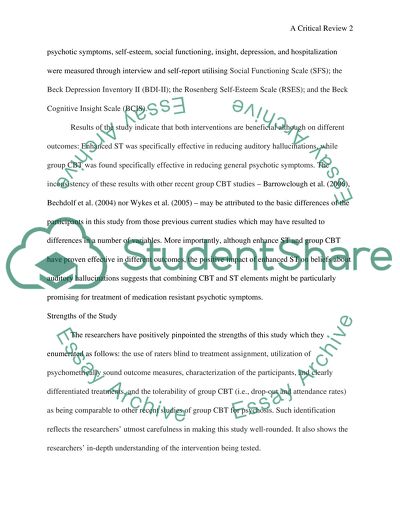Cite this document
(Randomized Controlled Trial of Group Cognitive-Behavioural Therapy vs Research Paper - 1, n.d.)
Randomized Controlled Trial of Group Cognitive-Behavioural Therapy vs Research Paper - 1. Retrieved from https://studentshare.org/psychology/1562338-critical-review
Randomized Controlled Trial of Group Cognitive-Behavioural Therapy vs Research Paper - 1. Retrieved from https://studentshare.org/psychology/1562338-critical-review
(Randomized Controlled Trial of Group Cognitive-Behavioural Therapy Vs Research Paper - 1)
Randomized Controlled Trial of Group Cognitive-Behavioural Therapy Vs Research Paper - 1. https://studentshare.org/psychology/1562338-critical-review.
Randomized Controlled Trial of Group Cognitive-Behavioural Therapy Vs Research Paper - 1. https://studentshare.org/psychology/1562338-critical-review.
“Randomized Controlled Trial of Group Cognitive-Behavioural Therapy Vs Research Paper - 1”. https://studentshare.org/psychology/1562338-critical-review.


